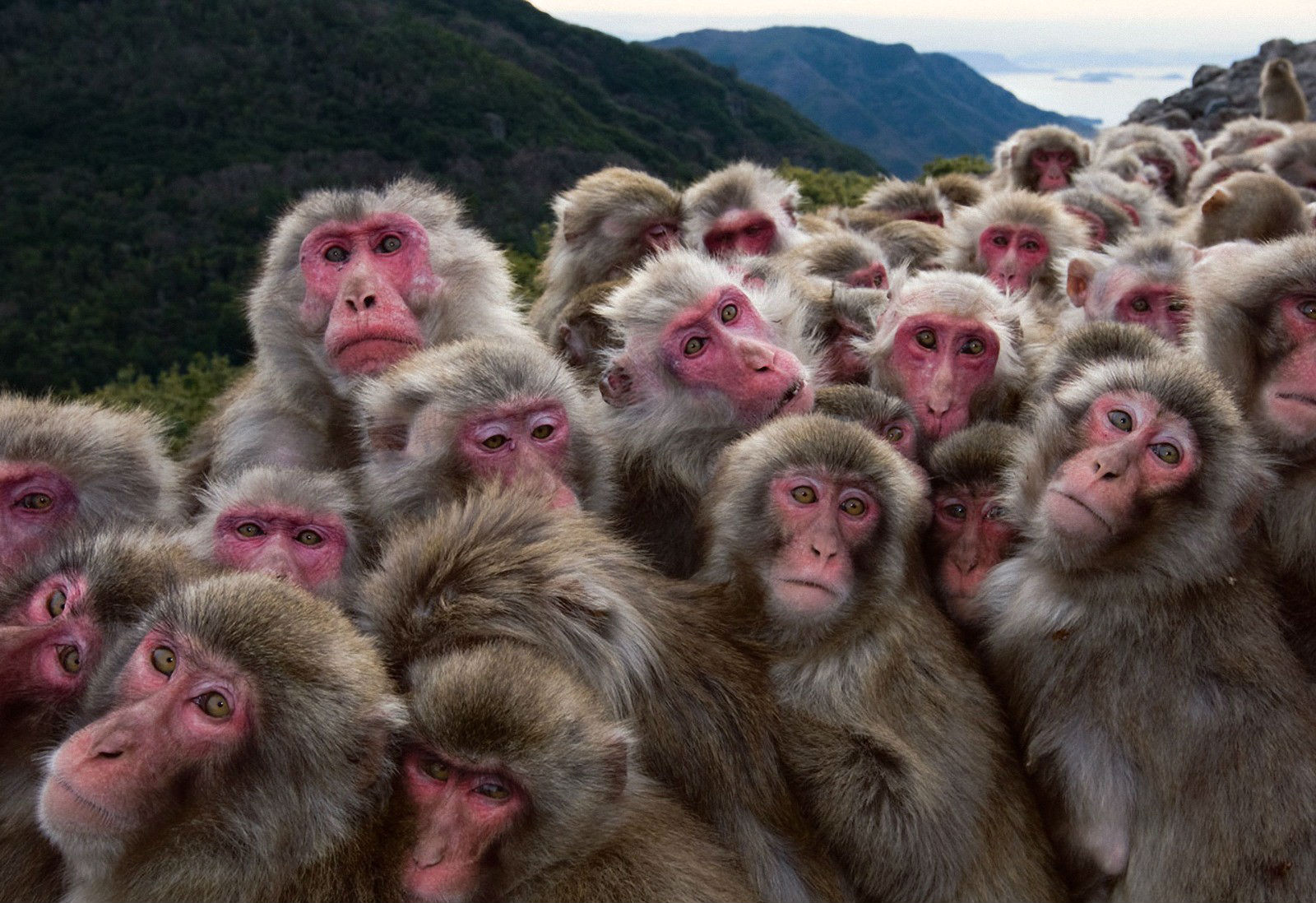For the first time ever, world
leaders have committed to taking a broad, coordinated approach to address the
root causes of Antimicrobial resistance (AMR) that cause common and
life-threatening infections across multiple sectors, especially human health,
animal health and agriculture.
This was disclosed at a high-level
meeting convened in Geneva Switzerland at 71st session of the UN General
Assembly.
This is the fourth time a
health issue has been taken up by the UN General Assembly after HIV, Non-Communicable Diseases (NCDs) and Ebola.
Antimicrobial resistance happens when bacteria, viruses, parasites, and fungi develop resistance against medicines that were previously able to cure them.
Countries reaffirmed their
commitment to develop national action plans on AMR, based on the "Global Action Plan on
Antimicrobial Resistance" —
the blueprint for tackling AMR developed in 2015 by WHO in coordination with
the Food and Agriculture Organization of the United Nations (FAO) and the World
Organisation for Animal Health (OIE).
Such plans are needed to
understand the full scale of the problem and stop the misuse of antimicrobial
medicines in human health, animal health and agriculture.
Leaders recognized the need for
stronger systems to monitor drug-resistant infections and the volume of
antimicrobials used in humans, animals, and crops, as well as increased
international cooperation and funding.
They pledged to strengthen
regulation of antimicrobials, improve knowledge and awareness, and promote best
practices — as well as to foster innovative approaches using alternatives to
antimicrobials and new technologies for diagnosis and vaccines.
According to President of the
71st UN General Assembly, Peter Thomson, "Antimicrobial
resistance threatens the achievement of the Sustainable Development Goals and
requires a global response.
He said Member States have agreed
upon a strong political declaration that provides a good basis for the
international community to move forward. No one country, sector or organization
can address this issue alone."
Director-General of WHO, Dr
Margaret Chan, noted: "Antimicrobial resistance poses a fundamental threat
to human health, development, and security. The commitments made today must now
be translated into swift, effective, lifesaving actions across the human,
animal, and environmental health sectors. We are running out of time."
As a result of AMR, diseases
such as pneumonia, gonorrhoea, and post-operative infections, as well as HIV,
tuberculosis, and malaria, all of which that are increasingly becoming
untreatable.
Left unchecked, AMR is
predicted to have significant social, health security, and economic repercussions
that will seriously undermine the development of countries.
High levels of AMR already
seen in the world today are the result of overuse and misuse of antibiotics and
other antimicrobials in humans, animals (including farmed fish), and crops, as
well as the spread of residues of these medicines in soil, crops, and water.
Within the broader context of AMR, resistance to antibiotics is considered the
greatest and most urgent global risk requiring international and national
attention.
Leaders at the UN meeting
called on WHO, FAO and OIE, in collaboration with development banks such the
World Bank and other relevant stakeholders, to coordinate their planning and
actions and to report back to the UN General Assembly in September 2018.
Countries called for better use
of existing, cost-effective tools for preventing infections in humans and
animals. These include immunization, safe water and sanitation, good hygiene in
hospitals, and animal husbandry. Putting in place systems to ensure more
appropriate use of existing and new antibiotics is also essential.
They highlighted
market failures, and called for new incentives for investment in research and
development of new, effective and affordable medicines, rapid diagnostic tests,
and other important therapies to replace those that are losing their power.








